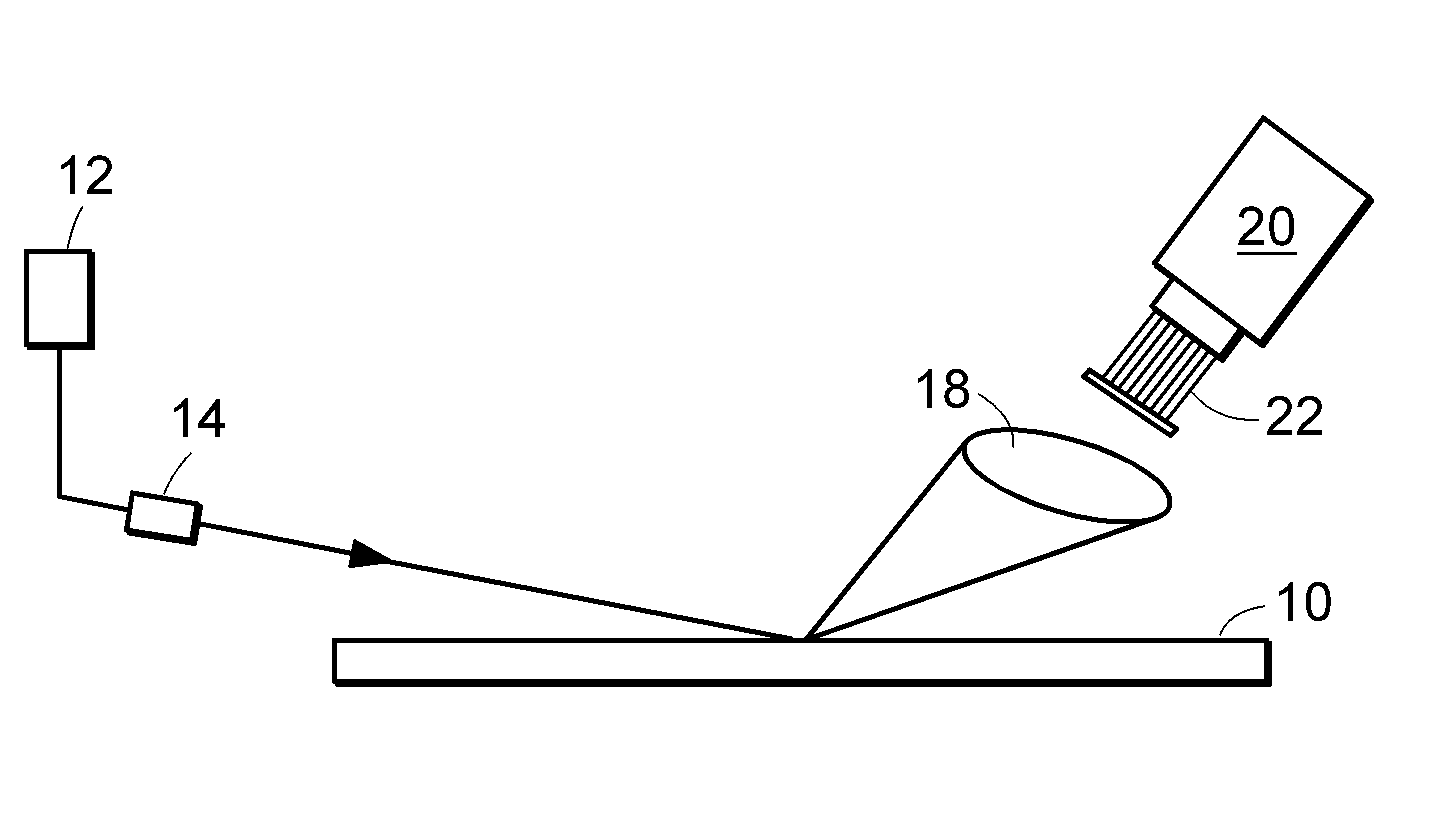Systems for inspection of patterned or unpatterned wafers and other specimen
a technology of patterned or unpatterned wafers and specimens, applied in the field of systems and methods for specimen inspection, can solve the problems of single detector being saturated, not yielding signals that can be analyzed, and tools generally not being able to inspect patterned wafers
- Summary
- Abstract
- Description
- Claims
- Application Information
AI Technical Summary
Problems solved by technology
Method used
Image
Examples
Embodiment Construction
[0035]As used herein, the term “defect” generally refers to an abnormality formed on or within a specimen that may adversely affect the performance or functionality of a device formed on the specimen (i.e., reduce a characteristic such as speed or cause a device failure that may or may not cause a device to be non-working) or additional devices formed on the specimen if the cause is not fixed. Defects may be caused by individual process marginalities, process integration marginalities, or interactions between multiple processes. For example, a defect may be contamination on a specimen, abnormal structures on the specimen, damage to the specimen, subsurface pits or crystal originated pits (COPS), subsurface voids, or microscopic scratches. Contamination may include, but is not limited to, particles, fibers, or residual material remaining on a specimen after a process step. Contamination may also include organic or inorganic material such as a resist, a dielectric material, and / or a c...
PUM
 Login to View More
Login to View More Abstract
Description
Claims
Application Information
 Login to View More
Login to View More - R&D
- Intellectual Property
- Life Sciences
- Materials
- Tech Scout
- Unparalleled Data Quality
- Higher Quality Content
- 60% Fewer Hallucinations
Browse by: Latest US Patents, China's latest patents, Technical Efficacy Thesaurus, Application Domain, Technology Topic, Popular Technical Reports.
© 2025 PatSnap. All rights reserved.Legal|Privacy policy|Modern Slavery Act Transparency Statement|Sitemap|About US| Contact US: help@patsnap.com



